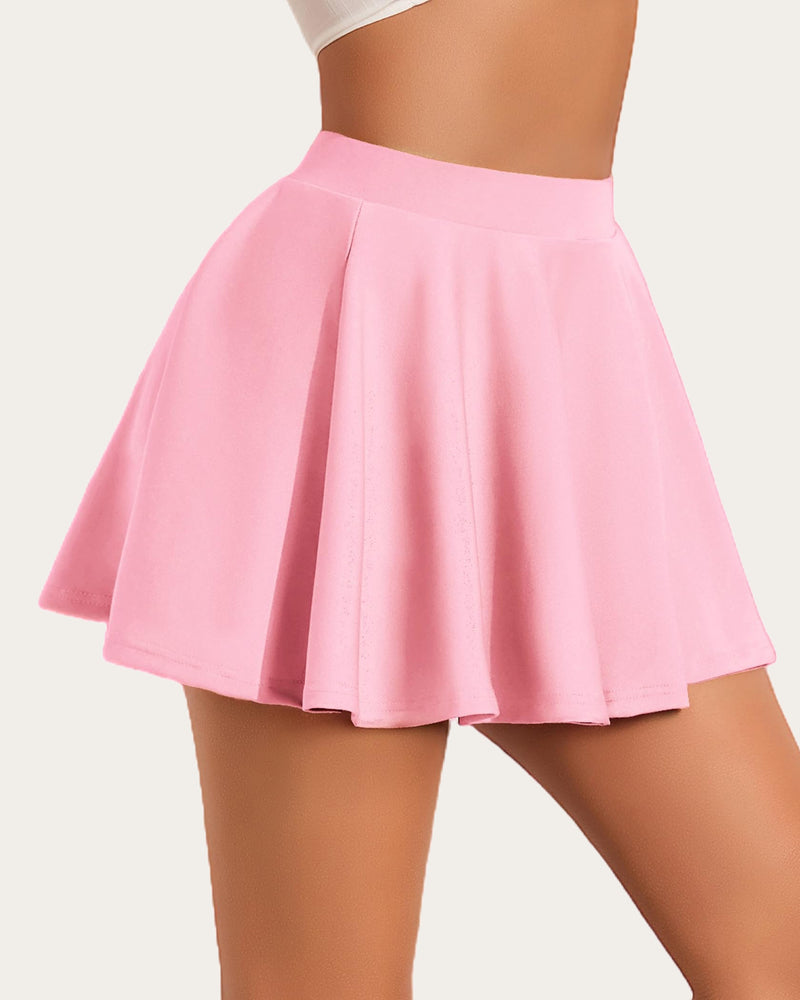Blog Information
- منشور من طرف : Hickey Denton
- نشر على : Nov 28, 2024
- الآراء : 64
- الفئة : سيارات
- وصف : The Evolution of the Mini Skirt: From 1960s Icon to Modern Fashion Staple
نظرة عامة
- The Evolution of the Mini Skirt: From 1960s Icon to Modern Fashion Staple
The mini skirt has become a symbol of fashion freedom and expression since its inception in the 1960s. This article delves into the history, cultural significance, and modern adaptations of the mini skirt, showcasing its journey from a controversial garment to a beloved wardrobe staple.

Mini Skirt: A Cultural Revolution in the 1960s
When the mini skirt first emerged, it was more than just a piece of clothing; it represented a cultural shift. Designed by British designer Mary Quant, the mini skirt challenged traditional norms of femininity and modesty. But what made this garment so revolutionary?
- Empowerment: The mini skirt allowed women to express their independence and embrace their sexuality.
- Fashion Statement: It became a canvas for vibrant patterns and bold colors, reflecting the youthful spirit of the era.
- Media Influence: Icons like Twiggy and Jean Shrimpton popularized the mini skirt, making it a must-have item in every fashion-forward woman's wardrobe.
Mini Skirt: Evolution Through the Decades
As the decades progressed, the mini skirt underwent various transformations. In the 1970s, it was embraced by the disco culture, often paired with platform shoes and flashy accessories. The 1980s saw the rise of power dressing, where mini skirts were styled with blazers and bold jewelry, symbolizing women's growing presence in the corporate world.
By the 1990s, the mini skirt had become a staple in casual wear, often seen in denim and plaid fabrics. Today, it continues to evolve, adapting to contemporary trends while maintaining its iconic status.
Modern Interpretations of the Mini Skirt
In today's fashion landscape, the mini skirt is more versatile than ever. Designers are experimenting with various fabrics, lengths, and styles, making it suitable for a wide range of occasions. Whether you prefer a classic A-line silhouette or a more daring asymmetrical cut, there is a mini skirt for everyone.
Moreover, the rise of sustainable fashion has led to the creation of eco-friendly mini skirts, allowing consumers to make ethical choices without sacrificing style. For those looking to explore a variety of options, check out the latest collections at
 .
.Styling Tips for the Mini Skirt
Wearing a mini skirt can be both fun and fashionable. Here are some tips to help you style this iconic piece:
- Layering: Pair your mini skirt with tights or leggings for a chic, layered look.
- Footwear: Choose ankle boots or heels to elongate your legs and enhance the overall silhouette.
- Accessorize: Add statement jewelry or a stylish belt to elevate your outfit.
In conclusion, the mini skirt has transcended its origins to become a timeless piece in women's fashion. Its ability to adapt and evolve ensures that it remains relevant, making it a favorite among fashion enthusiasts worldwide.
